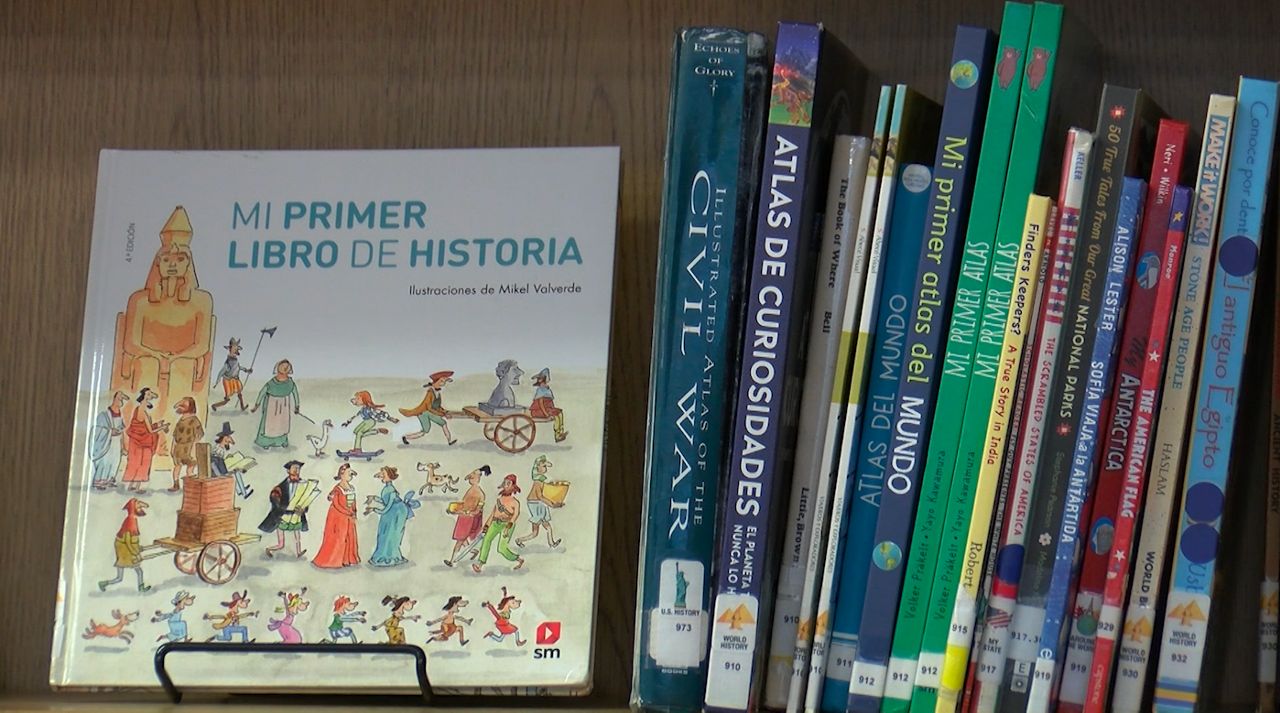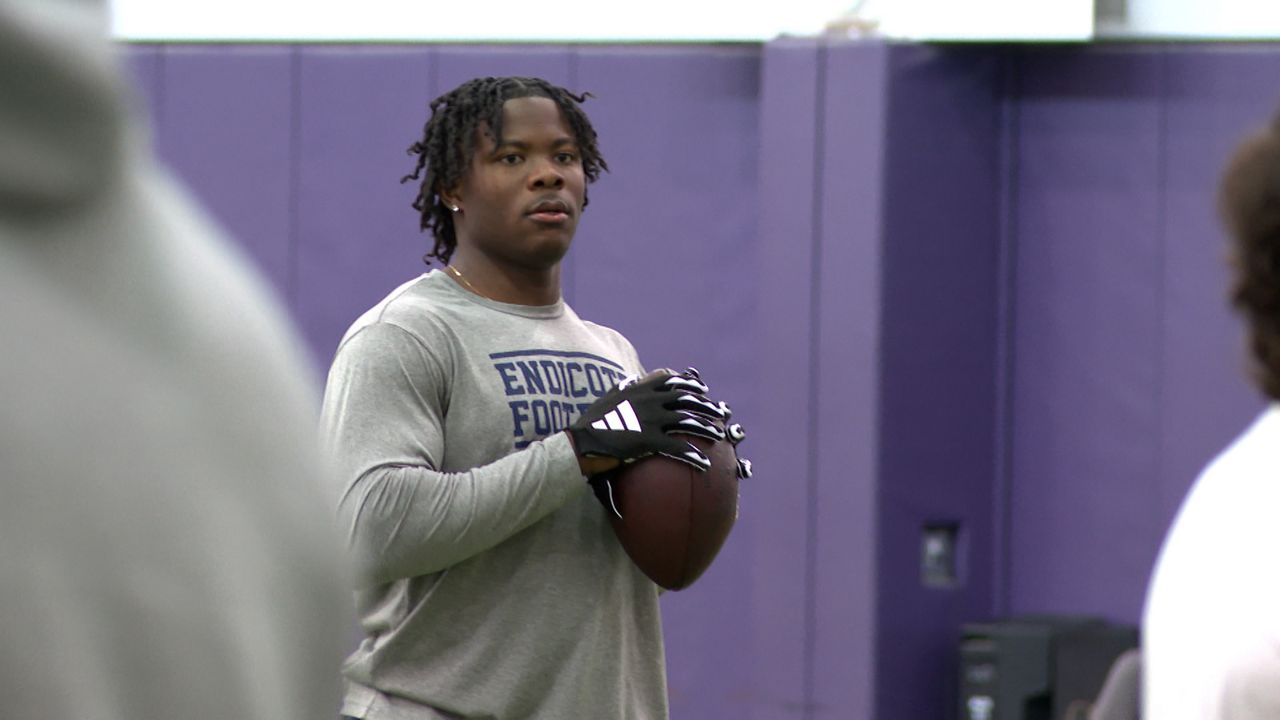PITTSFIELD, Mass. - Soul Steps teaches African American step dance, which uses full body percussion that uses your arms and feet to create your own rhythm.
What You Need To Know
- Soul Steps is teaching African American step dance for PPS
- Taconic High multilingual students got to be creative and learn step dance
- African American step dance has a lot of history behind it
- The engagement with step dance will help with the social studies standards on the students' MCAS test
“It opens young people up to opportunities to self-expression," Soul Steps artistic director Maxine Lyle said, "We hear a lot from teachers that students who may have been quiter in class or struggled in class in different subjects would shine in our workshops so it creates a platform for students who might not normally get that platform to be a leader in class."
African American step dance has a long history beginning on college campuses among African American fraternities and sororities to demonstrate brotherhood and sisterhood as well as a form of communication in the 1800s.
“Step is also connected to South African gumboot dancing which started in the late 1800s in the mines of South Africa," Lyle said. "And that’s a part of our lineage as steppers. And that form of dance required using rhythm to communicate when miners weren’t allowed to speak in the mines. And we connect that to what we do with step as well."
Students took part in two weeks of performing and creating their own step dance, among them is Patel Drashti, who recently moved here from India.
“Yeah, it’s really gorgeous," Drashti said. "I like that. It’s so fun. And it’s to make energy in this dance, yeah, I like that."
A goal in offering Soul Steps to the PPS multilingual program is to ensure these students have access to arts integration and community partnership experiences that expand their communication skill set through multiple modes of creative expression.
“I think it’s really important when learning a language to be able to make mistakes and build confidence and I know in the classroom a lot of the times kids are sitting in chairs they’re not really doing any physical stuff but that’s also an important way to learn to have something be in your body as well," multilingual learner teacher Stella Schwartz said.
The students got to create their own step with what they learned and this helped the students engage with some of the social study’s standards that will be a part of the MCAS tests.









